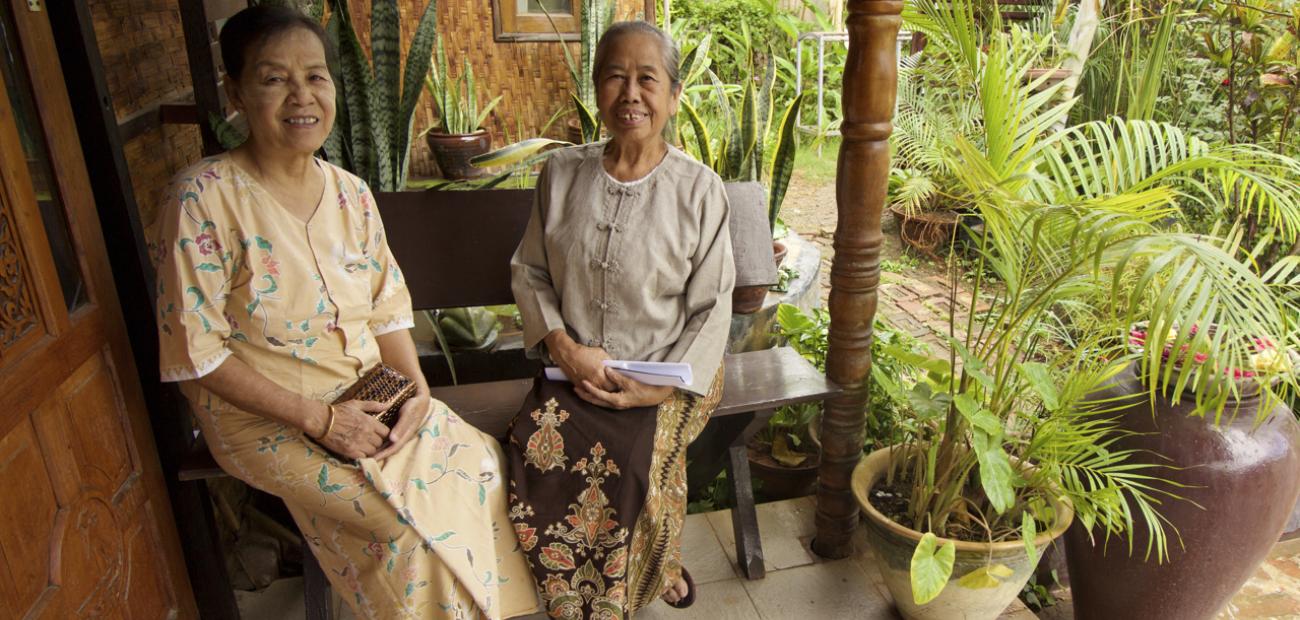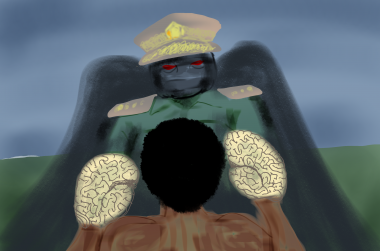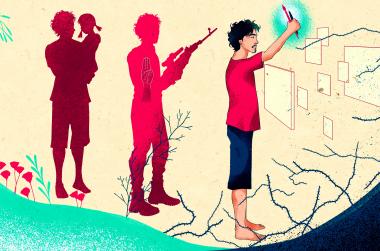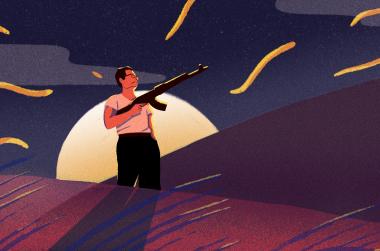Few still remember the time when the Nyaungshwe Haw was a bustling royal palace and the home of Sao Shwe Thaik, the Sawbwa of Yawngshwe (Nyaungshwe) who became Myanmar’s first post-independence president.
The palace is one of only a handful of Shan haws to survive military rule. But it was neglected for many years and now has few artefacts of life under the royal family.
It is preserved in the memories of people like Tin Aye, a retired middle school teacher, and Mya Kyi, a housewife, who were in their late 70s when we spoke to them.
They were born and bred in Nyaungshwe, a town in southern Shan state now better known as the gateway to Inle Lake. It used to be a bustling town in its own right. They recall a time when the Nyaungshwe Haw, or palace, was in use by the Sawbwa.
Here is an excerpt of their recollections of the visits to the Haw.
“The Sawbwa that we went to pay respect to was Sao Shwe Thaik, Myanmar’s first (post-independence) president. He has a very commanding appearance,” says Tin Aye.
“Not too tall or short,” Mya Kyi adds.
“He is also very empathetic and never talks down to people,” Tin Aye says. “When he was Sawbwa, we would go and pay respect to him during Thadingyut (Light Festival). All the students in the town would go to his residence and he would give each one 25 cents pocket money.
“We must have been eight or nine years old when the Sawbwa was alive, still very young. First, the head teacher would gather all the students and line us up.”
“We would then walk over to the Haw,” says Mya Kyi.
It was just a 15 minutes on foot from their school to the palace.
“When we got to the Haw, we had to line up again to go up the stairs. You have to go up class by class. Only after we have all taken our places and the teachers could supervise us then the Saopha would come out for us to pay respect,” says Tin Aye.
“The first thing you see when you get to the Haw is a big throne.”
The Yaza throne, adds Mya Kyi: “There are many chambers in the back.”
“Yes. There are many chambers,” agrees Tin Aye. “When the students get to the room, we would tell his personal bodyguards and then the Sawbwa would come out. Then we paid respect to him.”
“He would sit on the throne, which is the height of a person.”
They were not expected to bring any gifts.
“We would just kowtow to him with our 10 fingers. The room was really big and really long. It fit all the students, which would be about 150 to 200 people. In fact, the room wasn’t even full because the Haw was so big,” says Tin Aye.
“He had officials around him,” recalls Mya Kyi. “These are township officials. In modern parlance I guess they would be the equivalent of ‘directors’ these days.”
It was these officials who handed out the “pocket money”, which was a significant sum for local families.
“You have to queue up to get it,” remembers Tin Aye. “You could buy clothes or food with that money. Or you can do both. At that time, 25 kyat cents was a lot because even a longyi costs around 10 cents. So this pocket money that we got once a year was very valuable. At that time even our parents who were in the civil service were earning 25 kyats a month.”
“Oh the place was very grand,” Mya Kyi says. “A lot has changed.”
“It used to be very grand,” agrees Tin Aye.
“Now it is no longer as neat and tidy as it once was. At one point there were quite a lot of treasures (in the Haw) like royal outfits. Not much is left now and it’s not very well-maintained.”
But even so, she says, it is important to see it.
“I would really like you to go and pay a visit if you have time.”
Interviewed June 2016





